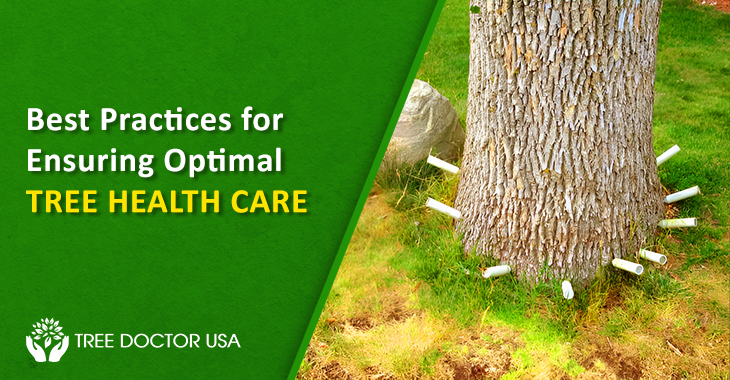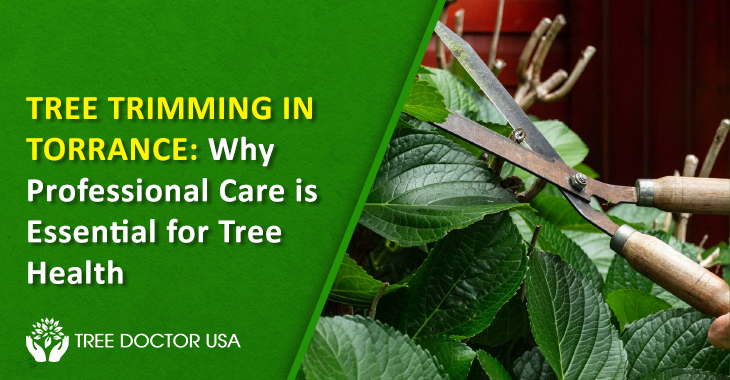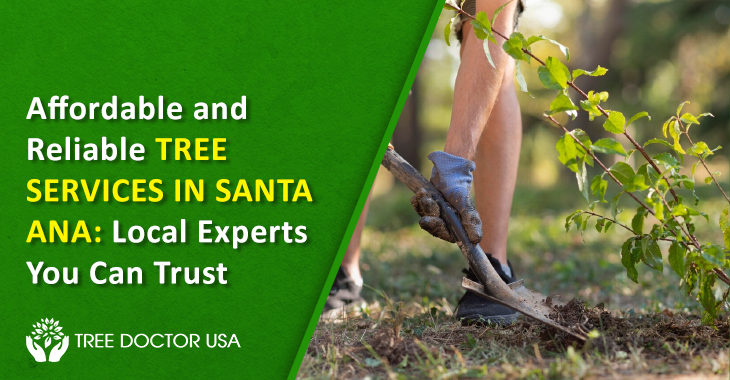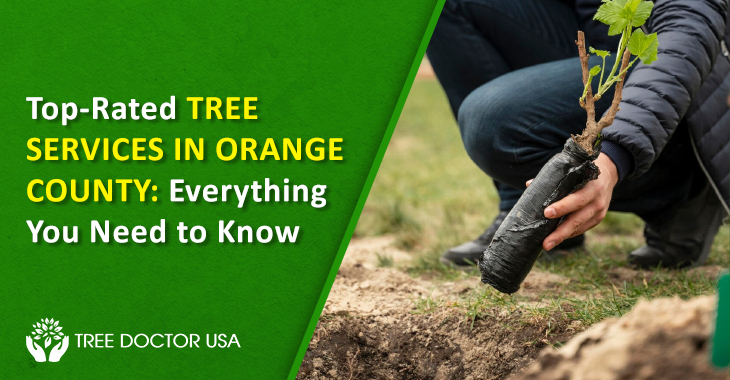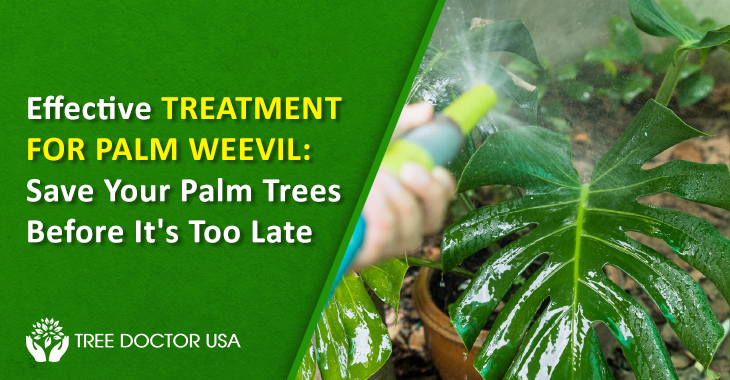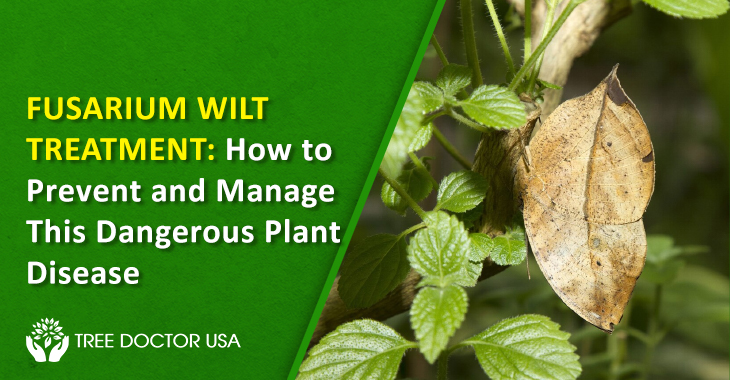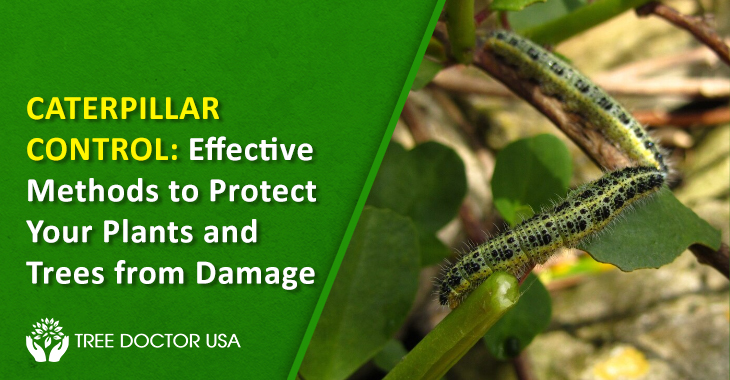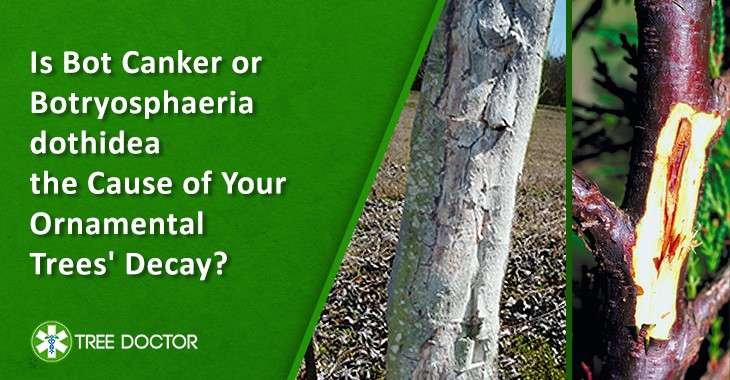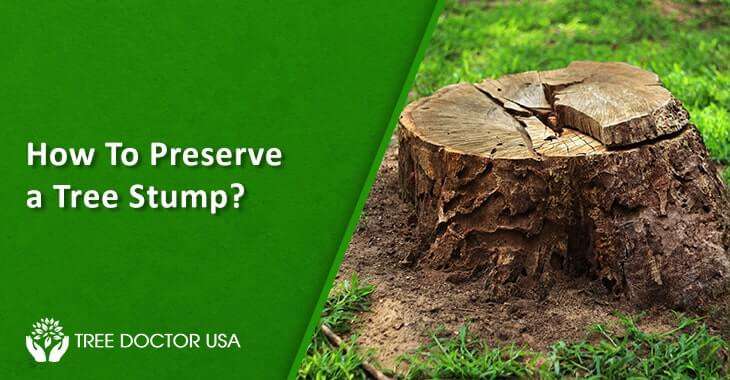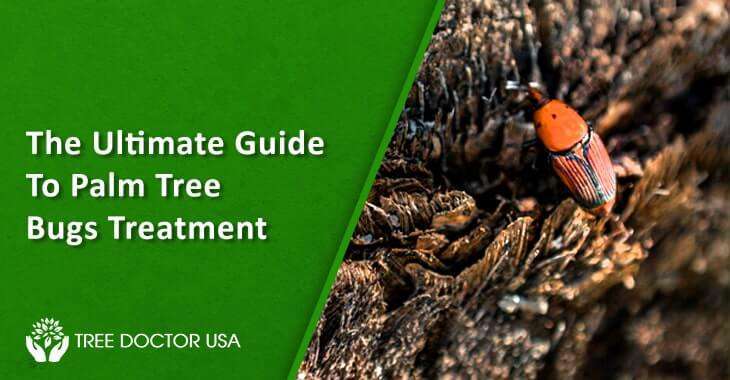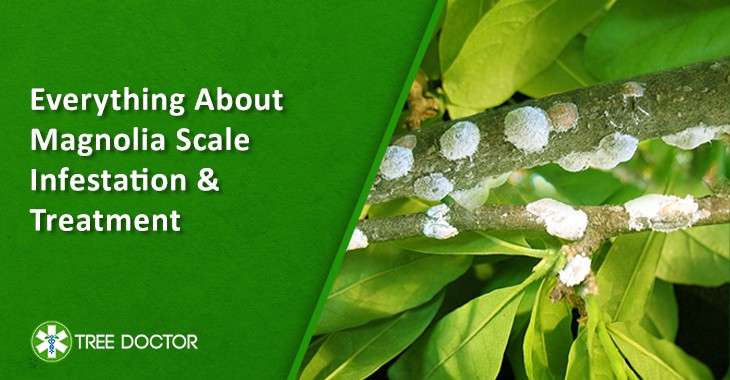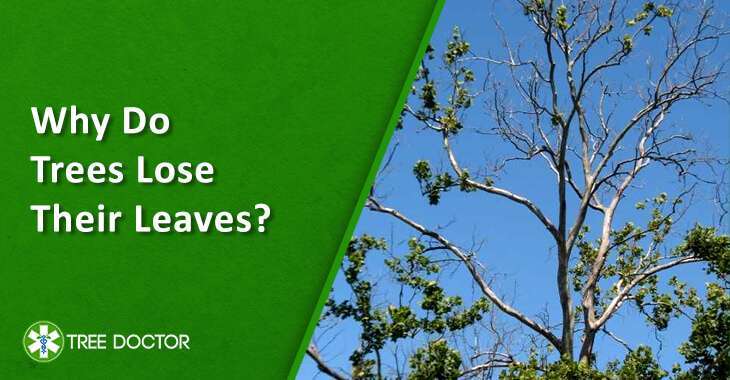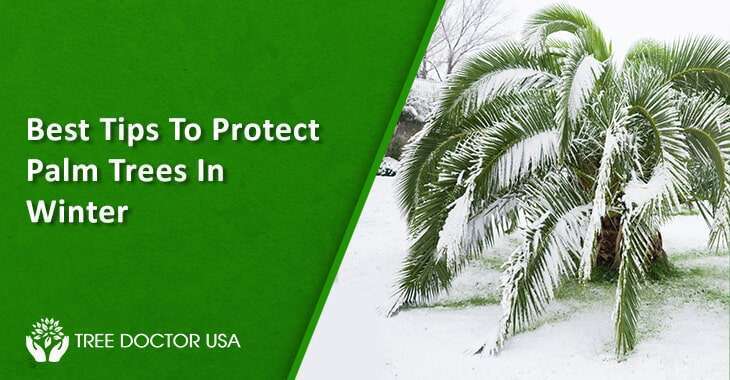Best Practices For Ensuring Optimal Tree Health Care
Trees are an essential component of our landscape. They shade our homes, lower energy costs and boost property values. Trees also reduce air pollution, prevent soil erosion, and provide homes for wildlife. On top of that, they add beauty and a calming presence to our lives.
Because they blend seamlessly into our environment, it’s easy to forget that trees need our care to stay healthy. Proper maintenance is vital to their growth and well-being. Here are ten tips for tree health care to keep them healthy:
10 Best Tree Health Care Practices
Whether you’re planting new trees or taking care of existing ones, we commend your interest in proper tree care. We’re here to help you. Below are some tips for any budding tree enthusiast, landscaper or property owner to grow and maintain healthy, vibrant trees for years.
Watering Newly Planted Trees
Watering is the most critical task when taking care of newly planted trees. Proper watering frequency and the right amount of water help trees develop solid roots and a healthy foundation.
How often should you water a newly planted tree?
- Water daily for the first 1-2 weeks after planting.
- Water every 2-3 days from 3-12 weeks after planting.
- Water weekly after 12 weeks until the tree’s root system is established.
How much water do newly planted trees need?
The amount of water depends on the tree’s trunk thickness, which is called the calliper. To find the calliper, measure the trunk diameter 6 inches above the ground. If the diameter is more than 4 inches, measure it 12 inches above the ground. The calliper measurement helps determine the water needs.
Watering guide based on trunk calliper:
- 1 inch: 1-1.5 gallons
- 2 inches: 2-3 gallons
- 3 inches: 3-4.5 gallons
- 4 inches: 4-6 gallons
- 5 inches: 5-7.5 gallons
- 6 inches: 6-9 gallons
These guidelines are based on recommendations from the University of Minnesota, which offers more detailed tree health care tips.
While newly planted trees need careful watering, established trees usually don’t require extra water. However, during droughts or long dry spells, you might need to water older trees to maintain their health and prevent them from dying.
Managing Mulch and Soil
Mulching is essential for tree health care. Adding a thick layer of mulch around a new tree helps it grow by keeping weeds out, retaining moisture, and providing an excellent layer that protects against the sun. Since tree roots thrive in excellent, moist conditions, mulch is crucial for their health.
To care for your tree, apply mulch 2-3 inches deep in a 3-foot circle around the trunk. In sandy or fast-draining soils, use a thicker layer of about 4 inches to strengthen the soil.
Mulch can be organic or inorganic. Most tree health care experts prefer organic mulches like wood bark, chips, pine needles, cocoa hulls, and compost because they improve soil fertility and structure.
Staking and Guying Trees
Staking newly planted trees is only sometimes necessary, but it can help support trees with small root systems or stems that bend too much without support. Staking and guying are also helpful in areas with high winds or to help damage trees that the wind has blown over.
When staking for tree health care, use as few stakes as possible and choose comprehensive, flexible materials to attach to the tree to avoid damage. Typically, 1 or 2 stakes are enough, depending on the wind and the tree’s needs. Wooden stakes should be about 5 feet long and 2 inches thick, which works well for small to average-sized trees up to 10 feet tall.
Guying, a similar technique, stabilizes larger, transplanted trees or straightens trees blown over by the wind. For guying, use at least three anchors evenly spaced around the tree. Unlike stakes, guying anchors are usually shorter but stronger, designed to go deeper into the ground with only a few inches visible above the surface.
Using Fertilizer
A common question about newly planted trees is whether they need fertilizer. Generally, they do not, especially as they grow larger. Research shows that during early stages, trees focus energy on root growth, and using fertilizers like nitrogen can hinder this process.
If you suspect a nutrient deficiency, test your soil’s pH, which should be between 5.5 and 7.0. Also, check levels of nitrogen, phosphorus and potassium. This will help identify specific nutrient shortages without overloading the tree. Consulting three health care professionals is often recommended.
Pest and Disease Control
Tree health care starts by taking good care of your trees to keep them healthy and avoid pests and diseases. This means regularly trimming them and making sure the soil is just right. If you ignore minor problems, they can quickly turn into big ones, putting your trees and property in danger.
Here are some simple steps to prevent pests and diseases:
- Plant trees in the right spot: Put them where they’ll be happy based on things like how much water they need and how much sunlight they like.
- Choose trees that resist pests: Some trees are naturally better at fighting off diseases and pests.
- Mix up the types of trees you plant: Having different kinds of trees makes it harder for pests and diseases to spread.
- Keep an eye on your trees: Check them regularly for any signs of trouble, like strange marks or changes in the bark’s color.
- Take good care of your trees: Use things like mulch to help the soil stay healthy and keep the area around your trees clean.
If you want to make sure your trees stay healthy, we can create a plan just for them.
Protecting Against Frost and Cold Conditions
Newly planted trees and shrubs, especially fruit trees and those with thin bark, are vulnerable to freeze damage, such as sunscald or frost cracking, caused by rapid temperature changes.
To protect them:
- Wrap the trunk with a plastic guard or wrap to prevent sunscald, which is particularly effective for fruit trees.
- Cover new trees with burlap, sheets, or tarps extending from canopy to ground to trap warmth and minimize frost damage.
- Use a frame or stakes to keep covers from touching tree foliage.Pruning and Trimming Trees
Trimming and pruning trees is done to keep them healthy, look good and ensure safety.
They are making trees look suitable, which means making them fit well in their surroundings and look attractive.
Safety is another reason. Trimming gets rid of branches that might fall and hurt someone.
Tree health care means trimming damaged parts to help them heal and grow back stronger. This is especially important after things like storms or when branches get sick.
Different trees need different kinds of trimming depending on their age, size and type. The USDA Forest Service has a guide with detailed tips on how to do this right.
Removing Invasive Plants
Invasive plants are like pests that harm trees by growing too fast and taking over. They often come from other places and can be harmful to your trees’ health care. Vines are a common type of invasive plant that can wrap around trees and stop them from growing properly. Getting rid of these plants can be challenging, especially if they’ve been around for a while.
To keep your trees healthy, regularly check them, especially if they’re old. Make sure no foreign plants are growing on them. Keeping an eye on what’s happening in your yard can help keep your trees safe.
Keeping Root Systems Safe
Just like you monitor for invasive plants, pests, and diseases, it’s also essential to check your trees’ roots. Sometimes, root disease symptoms can resemble mineral deficiencies because dead roots can’t absorb water and minerals correctly.
Here are signs of root disease to watch for, according to Colorado State University:
- Slow or stunted growth
- Yellow, pale leaves
- Brown edges on leaves
- Clumps of leaves at branch tips
- Parts of branches dying off
- Fungus growing at the tree base
- White fungal growth under the bark
To confirm root disease, examine the tree thoroughly. Preventing or controlling root disease requires maintaining tree health care, starting with good soil conditions that have enough water and oxygen. Keeping trees adequately spaced apart from each other and other plants also helps avoid root problems.
If a tree’s roots are severely damaged or injured, it’s usually best to remove the tree to prevent it from falling during storms or strong winds.
Tree Removal
Despite efforts to maintain and care for trees, there are times when it’s necessary to remove them. Even though experts will usually attempt to save a dying tree, there might be situations where it’s safer to get rid of it from your property. The professional team can check the tree health care and assist you in deciding whether to remove one or more troublesome trees.
Tree Care Mistakes to Avoid
Even if you’re good at caring for trees, you can still make mistakes. But if you pay attention and take care, you can avoid these common ones:
- Overwatering: Too much water can rot the roots.
- Excessive mulching: Packing on only a little mulch, as it can cause trunk rot and suffocate the roots.
- Insufficient pruning: Trim dead branches to prevent disease and maintain air circulation.
- Excessive pruning: Avoid cutting too many branches, which weakens the tree.
- Unnecessary staking: Most trees don’t need stakes; they need to sway to grow strong.
By avoiding these mistakes, your trees will thrive and live longer.
Conclusion
Trees are super important for your yard and property. Sometimes, you might need a tree expert to check them out and advise on the best tree health care. Taking care of your trees properly doesn’t just keep them healthy and alive; it also means we get to keep enjoying all the excellent stuff trees give us for a long time.
Tree Doctor USA‘s team of experts has been learning and practicing how to care for trees for years. We’re known for being really good at it in the USA, and we can help you figure out what’s up with your trees and how to improve them. Connect with us to learn more about our services.

